Flying with a Car Seat? Know Your Rights!
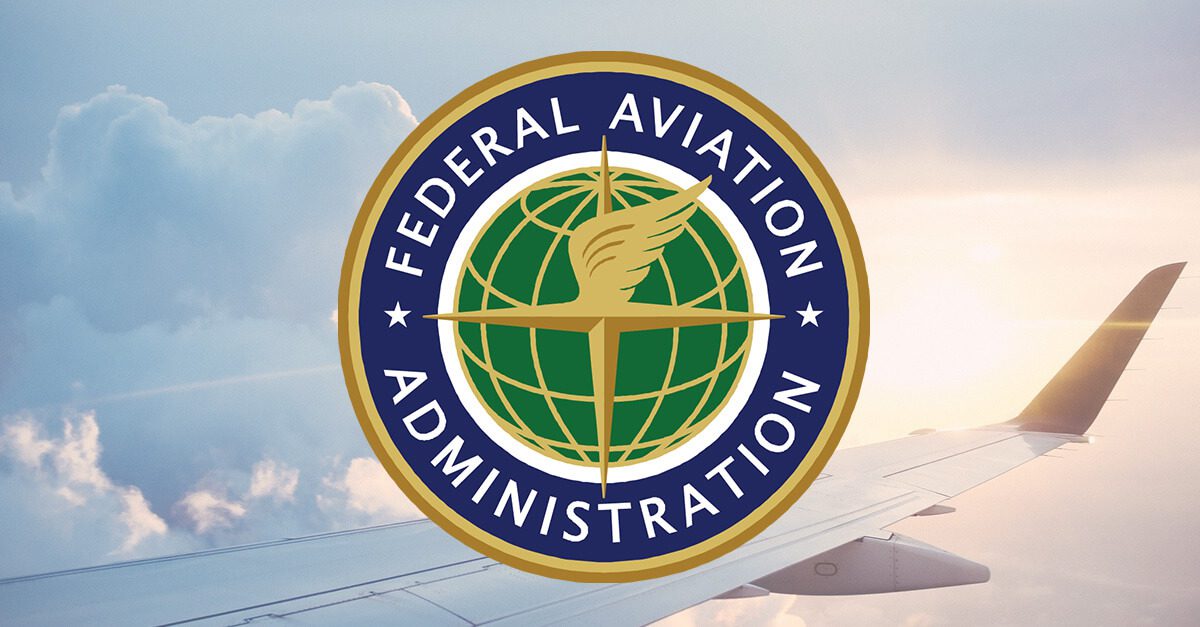
![]()
![]()
![]()
![]()
![]()
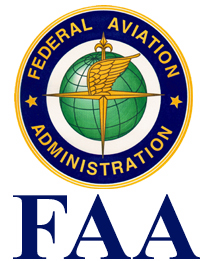 Years ago, when my son was 8 months old, we flew from California to Chicago to visit relatives. Although I was not yet a Child Passenger Safety Technician, I understood the importance of using car seats, even on airplanes. So, as a diligent mother, I purchased a ticket for him and installed his car seat rear-facing.
Years ago, when my son was 8 months old, we flew from California to Chicago to visit relatives. Although I was not yet a Child Passenger Safety Technician, I understood the importance of using car seats, even on airplanes. So, as a diligent mother, I purchased a ticket for him and installed his car seat rear-facing.
On three of our four flights, we had no problems. On the last one, though, the flight attendant insisted that I turn my son’s seat forward-facing because the passenger in front of him wouldn’t be able to recline. I knew the car seat should stay rear-facing, but with no proof and a plane full of anxious passengers, I acquiesced rather than pushing back on the issue.
If only I had known about the Federal Aviation Administration’s Advisory Circular regarding Use of Child Restraint Systems on Aircraft, things might have been different.
The Advisory Circular details the FAA’s policies regarding child restraints on planes, and anyone traveling by aircraft with a child in a car seat would be wise to print out a copy and take it onboard.
Please note that FAA regulations apply only to U.S. based carriers operating inside or outside of the United States. If you’re flying a foreign airline these guidelines won’t necessarily apply and you need to check with the specific airline to see what their policies are.

To make things easy for you, I am going to tell you exactly what to highlight once you print out the FAA Circular.
Parents are Allowed to Use Child Restraints: The Advisory Circular includes wording that no airline “may prohibit a child from using an approved* CRS (Child Restraint System) when the parent/guardian purchases a ticket for the child.” It also states that if the child restraint doesn’t fit in the specific seat assigned to the child, the airline needs to try to accommodate it in different seat within the same service class. You can find that information in Sections 10-d and 10-f on page 8.
*Before you leave for the airport, make sure you know where to find the sticker label that states your car seat is FAA certified for use on an airplane. Look for a sticker label somewhere on the car seat that has RED WORDING. The FAA certification is always in red. If any of the flight crew question the certification of your car seat, you will need to point out this sticker label.

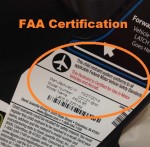
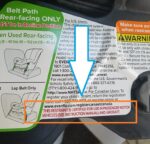
Rear-Facing vs. Forward-Facing: Since the complaint we hear most often is that parents were forced to turn a child forward-facing, be sure to highlight Section 19 on pages 14-15 if you plan on using a rear-facing car seat. It states: “CRSs must be installed in forward-facing aircraft seats, in accordance with instructions on the label. This includes placing the CRS in the appropriate forward or aft-facing direction as indicated on the label for the size of the child.” Flight attendants often misinterpret the wording to mean that the car seat has to be installed forward-facing, not that the aircraft seat has to be facing forward. So in addition to highlighting, you might want to underline the part about “appropriate forward or aft-facing direction.”
Window Seats vs. Other Seats: The rest of Section 19 (page 15) discusses placement of the child restraint. Windows are preferred, but other seats might be acceptable as long as they don’t block other passengers from exiting the plane.
Children Over 40 lbs.: Section 24 on pages 16-17 states that parents can use a restraint for a child of any age or size as long as the restraint is “appropriate for that child’s size and weight.” That can be important if you’re using a car seat for an older child, especially one over 40 pounds.
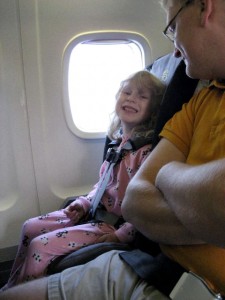
Booster Seats with a 5-point Harnesses are Allowed: Are you traveling with a combination seat (a forward-facing harnessed seat that can also be used as a booster? Highlight Section 17-b on pages 13 and 14, which explains that these types of child restraints are fine as long as the 5-point harness is being used. A booster seat without an internal 5-point harness is not FAA approved for use on an aircraft because they require a lap/shoulder seatbelt, which airplanes don’t have.

Worn-Off Labels: Have the stickers worn off of your car seat? No problem. Section 12-b on page 10 says that you can use the seat if you provide a letter from the child restraint manufacturer stating that the seat is approved for airline use. If you have the instruction manual (which you should!), that will suffice, too.
Foreign Seats: Is your seat from another country? That’s ok. As long as it bears a sticker showing that it has been approved for aircraft use by the UN or a foreign government, American-based airlines are required to let you use it. (Section 9-b on page 6 and Sections 12 and 13 on page 10.)
Once you have boarded the plane, highlighted copy of the Advisory Circular in hand, what do you do if you are challenged? Be polite. Air travel tends to put people on edge, especially lately, but you’ll win more battles with kindness than hostility.
Take out your Advisory Circular and point to the pertinent rule. Ask the flight attendant if they have information that contradicts the FAA’s guidelines, and if so, you can very politely request to see it.
If the crew continues to give you trouble, only you can decide how far to push the issue. Getting kicked off the plane for arguing with the flight crew is a very real possibility so you need to keep that in mind if the issue escalates. Regardless of the outcome, make sure you file a complaint with the Department of Transportation (by mail, phone, or online) and your airline.
Hopefully, though, your preparation will pay off and you can fly with peace of mind, knowing your child is as safe as possible during the flight.
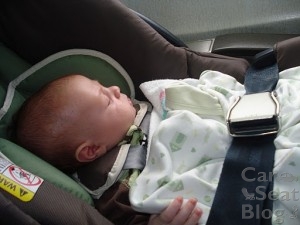
Looking for more helpful information on flying the friendly skies with kids? Check out our related blogs on the subject:
Recommended Carseats for Airplane Travel
Airplanes, Carseats, and Kids—What You Need to Know Pt. 1
Airplanes, Carseats, and Kids—What You Need to Know Pt. 2
Lap Babies on Airplane – A Warning All Parents Must See







